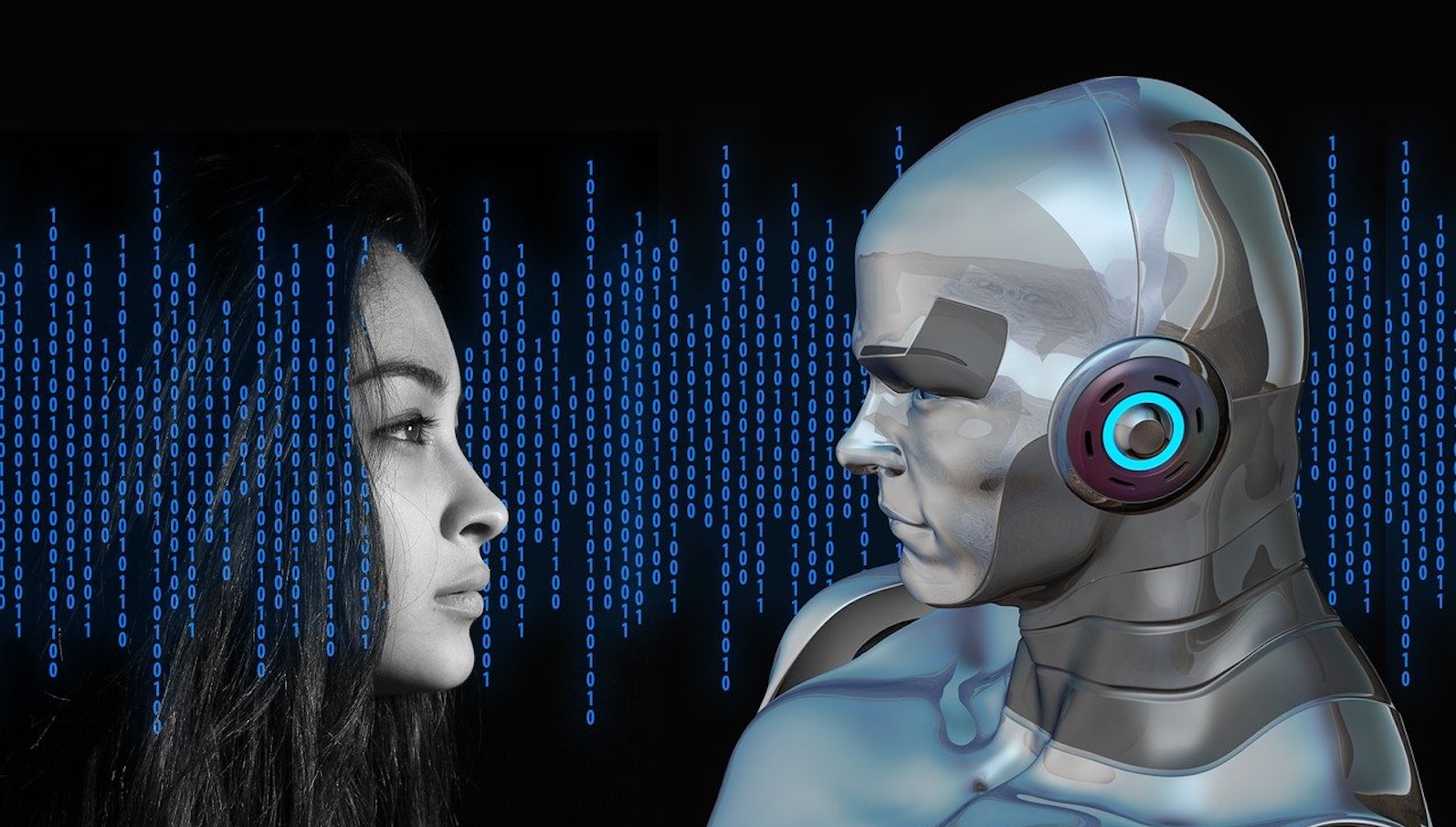KEY TAKEAWAYS:
--With risks changing so dynamically, historical data alone is not sufficient for insurers to embrace the future. Insurers need to be able to experiment with future scenarios to enable evidence-based decision making
--Digital twins make that possible, whether for a part of the business (such as distribution via agents), the whole business or even an ecosystem involving multiple partners.
----------
2023 is witnessing elevated levels of risks and disruptive events not seen before, including the world's hottest month in July, wildfires in the Greek islands and in Hawaii, cyber incidents, drought and a food crisis because of the war in Ukraine. With risks changing so dynamically, historical data alone is not sufficient for insurers to embrace the future.
Insurers need to be able to experiment with future scenarios to enable evidence-based decision making. Digital twins, in conjunction with generative AI, will be a gamechanger. Insurers will be able to innovate on products, provide differentiated services in risk consulting and improve sales and distribution, policy servicing and claims.
Digital Twins: 'See, Rehearse and Adapt'
A digital twin is a virtual representation of physical entity, data, its relationships and behavior. It is an AI-driven platform aided by simulation. It will act as a critical enabler for executives who need to rehearse the future. Accurately predicting the future is virtually impossible given the speed and complexity of converging factors. Instead, businesses need to “See, Rehearse and Adapt” to likely and extreme scenarios, and digital twin technology will dramatically advance the ability to leverage this framework.
For example, a digital twin of an Indian city was used to model COVID-19 characteristics, demographic heterogeneity, mobility patterns etc. and predict the spread. The digital twin helped officials explore effective interventions such as vaccination roll-out strategies and lockdowns through what-if scenarios. This approach helped curb the spread of viruses and reduce or mitigate the burden on healthcare.
Improving Supply Chain Resilience and Health
Consider a scenario where a mattress firm sources its raw material from its suppliers in Texas and Louisiana and transports it to the manufacturing facility by road. The insurer can create a digital twin of this supply chain ecosystem (beyond primary suppliers) and highlight risks such as the lack of diversity in the supplier network or failure to use multi-modal distribution channels. Combining this digital twin with information on imminent storms, contractual deadlines and so on can help estimate probable risk accumulation and simulate potential business loss scenarios. Such scenario analysis will empower insurers to offer clients risk insights that can help improve capital management and implement mitigation measures for business continuity.
Or consider how COVID-19 has exposed health inequities, how mental and emotional issues are increasing and how the population is aging as lifespan increases. There needs to be an innovative approach to address health, retirement gaps, etc. Insurers can leverage digital twins to simulate health risk scenarios and recommend or drive behavioral change via awareness, empowerment, access to preventative care, empathy-based personalized care etc. Insurers can do this alone or by orchestrating the work of partners in ecosystems.
See also: Do You Need a 'Digital Twin'?
Building a Better Future
The shift in insurers’ mindset from risk transfer to prevention unlocks greater value to insureds and society. Digital twins enable insurers to reimagine their process, personas and products and deliver operational efficiency, personalization and customer-centric product design.
For instance, insurers with aging agents can leverage an “agent twin” (characterized by traits and behaviors of experienced agents) as a playground for new agents to learn from actions/recommendations (i.e., data) from seasoned agents and historical data sets. Insurers can experiment with illustrations and reinforcement learning for effective multi-path strategies, etc. and foresee potential outcomes.
The potential applications are profound.








